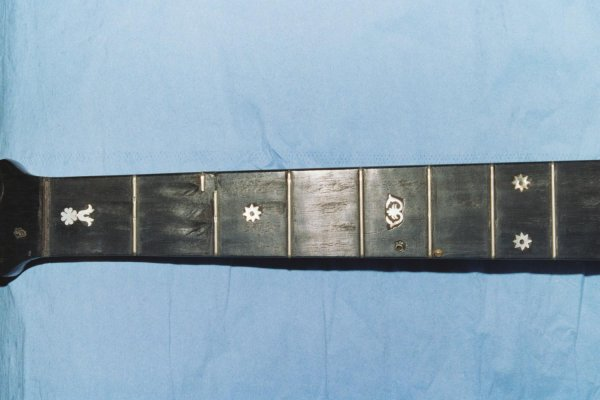Our occasional member @alpep posted this to his Facebook page, and I think it's a good reference. I sure didn't know about the James Taylor tuning!
I'm sure our member @wileypickett can add a few to this list.

I'm sure our member @wileypickett can add a few to this list.

